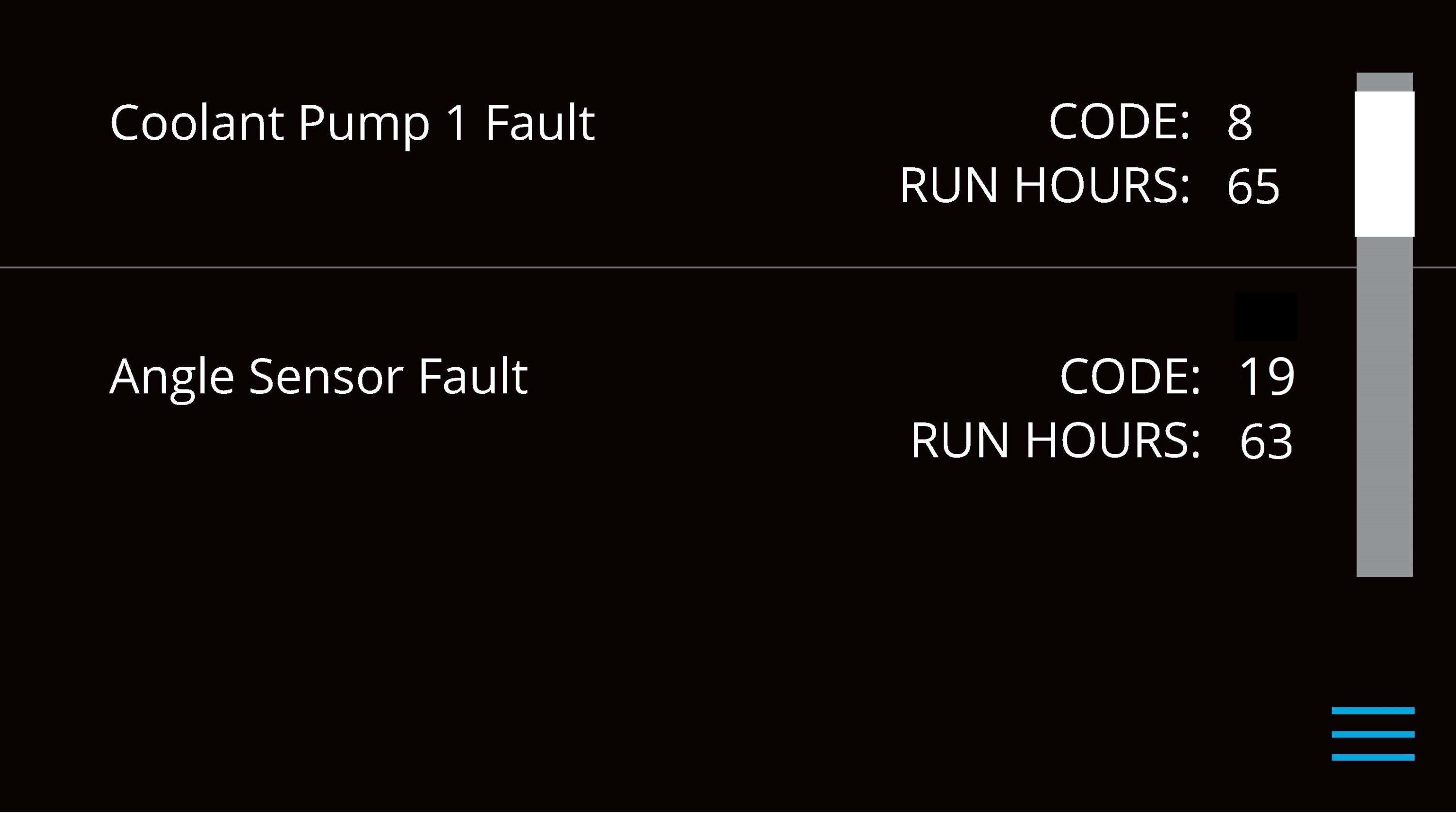Seakeeper 1 Operation Manual (90520-2) 1-233-0631 to 1-243-0874
4.0 Power Failures, Alarms, and Troubleshooting
4.1 Power Failures, Alarms, and Troubleshooting Introduction
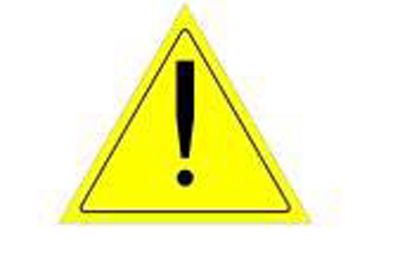
The operator should physically examine the Seakeeper following an alarm. Continuing to reset alarms without service intervention can result in damage or personnel injury.
_____________________________________________________
The Motor Drive Box contains a voltage hazard and the cover should not be removed while the flywheel is spinning or the DC input voltage is present. This voltage hazard exists even if the flywheel is coasting down and the supply voltage has been shut off.
_____________________________________________________
The Motor Drive Box contains a voltage hazard and the cover should not be removed while the flywheel is spinning or the DC input voltage is present. This voltage hazard exists even if the flywheel is coasting down and the supply voltage has been shut off.
The Seakeeper 1 has safety features, such as alarms and warnings, that pop-up on the Seakeeper Application and are signaled on the ConnectBox to protect the Seakeeper as well as the vessel. The brake can be locked from the Application, ConnectBox or by shutting off DC power at the supply breakers, preventing the Seakeeper from precessing.
In the event of a power failure, the brake automatically locks the Seakeeper so it cannot generate anti-rolling torque loads. When a power failure occurs, it is important to identify the three sources of power to the Seakeeper 1:
- 12 VDC high current powers the Motor Drive Box to drive the motor inside the Seakeeper and electronic controls.
- Seawater Pump 12 VDC Input powers the seawater cooling pump.
These are supplied on cables which are shown on Drawing No. 90511 – Seakeeper 1 Cable Block Diagram.
Voltage-Related alarms include the following:
- DC INPUT VOLTAGE HIGH – Code 40
- Alarms when low current DC input voltage varies from a reasonable range for the design voltage.
- DC INPUT VOLTAGE LOW – Code 41
- Alarms when low current DC input voltage varies from a reasonable range for the design voltage.
- DC INPUT VOLTAGE LOW [SPEED LOSS DURING OPERATION] – Code 111
- DC INPUT VOLTAGE LOW [SLOW SPOOL UP] – Code 112
- Code 11 and 112 occur to adjust power consumption as voltage drops below 11.1 VDC to prevent battery depletion. If battery voltage drops to 10 VDC, code 167 will trigger.
- BATTERY STATE OF CHARGE – Code 123
- This alarm alerts the operator of a low state of charge (SoC) if the Seakeeper is receiving a SoC signal over the NMEA 2000 network and SoC based protection is enabled in the Battery Monitor Configuration. The SoC will depend on the cut-off threshold slider setting (see Section 3.3).
- The Battery icon on the Home screen will appear red and empty.
- HIGH CURRENT DC VOLTAGE LOW – Code 167
- HIGH CURRENT DC VOLTAGE HIGH – Code 168
- This alarm protects the Seakeeper 1 from an over-voltage of 15 VDC or higher.
4.2 Power Failures
In the event of a power failure, the brake automatically locks the Seakeeper so it cannot generate anti-rolling torque loads.
When a power failure occurs, it is important to identify the two sources of power to the Seakeeper 1:
- High current 12 VDC in, powers the control electronics and motor drive.
- SW Pump 12 VDC in, powers the seawater cooling pump.
These are supplied on Conductors 1 and 2 and Cable 7 which are shown on Drawing No. 90511 – Seakeeper 1 Cable Block Diagram.
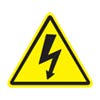
The Motor Connections should not be touched when the Seakeeper is powered on or the motor is running. This voltage hazard exists even if the flywheel is coasting down and the supply voltage has been shut off. The flywheel must be at 0 RPM and DC input power disconnected for at least 10 minutes prior to any service work on the Seakeeper.
4.3 12 VDC High Current Failure
If the 12 VDC high current is disconnected during operation, the Seakeeper Application will go blank, ConnectBox lights will power down, flywheel speed will decrease, and the Seakeeper 1 will lock to prevent precession (no stabilization).
- Verify the boat’s overcurrent protection supplying +12 VDC high current has not tripped nor blown.
- When +12 VDC high current is restored, the Seakeeper App will power up on the display (MFD or 5” Touch Display), the start-up screen will appear, and then the Home Screen will appear. The ConnectBox will illuminate.
- Press POWER button
 . The progress bar will appear and indicate flywheel speed. When the flywheel is at minimum operating speed, the STABILIZE button will appear so stabilization can be turned on. This may take up to 15 minutes, depending on the speed of the flywheel when the +12 VDC high current is turned back on.
. The progress bar will appear and indicate flywheel speed. When the flywheel is at minimum operating speed, the STABILIZE button will appear so stabilization can be turned on. This may take up to 15 minutes, depending on the speed of the flywheel when the +12 VDC high current is turned back on.
4.4 Alarms & Notifications

The operator should physically examine the Seakeeper following an alarm. Continuing to reset alarms without service intervention can result in damage or personnel injury.
Alarms
Sensors, alarms, and shutdowns are provided to allow unattended operation. Sensors measure drive temperatures, gimbal angle, brake pressure, and vessel motion. The Seakeeper controller sends sensor values and alarm information to the display and locks the brake and shuts down the motor drive in the event of an alarm condition. Seakeeper operating history during faults or alarms is recorded in the controller’s memory for subsequent recall if service is needed. Seakeeper and Seakeeper Dealers may access the Seakeeper’s software to gather run hours, bearing loading, and hull slamming information.
NOTE: The ConnectBox indicates the presence of an alarm only. The Seakeeper Application must be used on either the MFD or the Seakeeper 5” Touch Display to identify and address the alarm.
The alarm will not clear until the operator presses the Reset Alarm button and the alarm condition is no longer present. The operator can then press the POWER button again to resume Seakeeper operation.
- A view of a typical Alarm screen.
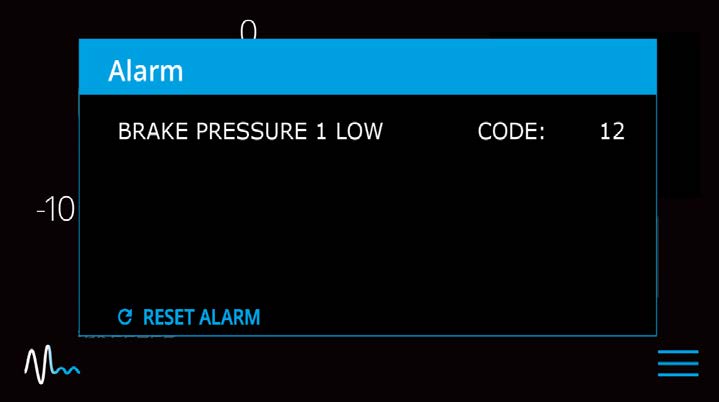
- To reset the alarm, press the RESET ALARM button:

Troubleshooting
- At MFD app or 5″ Touch Display, check for alarms or warnings.
- Power Supply: Check electrical power source breakers ON or fuses installed and NOT blown.
- Mechanical Components:
- For temperature -related alarm, verify the coolant reservoir is filled with glycol mixture (50% ethylene glycol/50% distilled water). Verify seawater pump power aligned.
- Visually check mechanical fittings and joints for leakage.
- Visually check coolant and brake hoses for chaffing and leakage.
- Contact an authorized Seakeeper dealer for further assistance in diagnosing and resolving complex alarms.

If a GPS signal is lost, a warning message will appear in the Alarm History and a message will appear on the Home Screen, as seen below. The Seakeeper will not spool down, however the precession rate and angle of the sphere will be reduced until GPS signal returns.
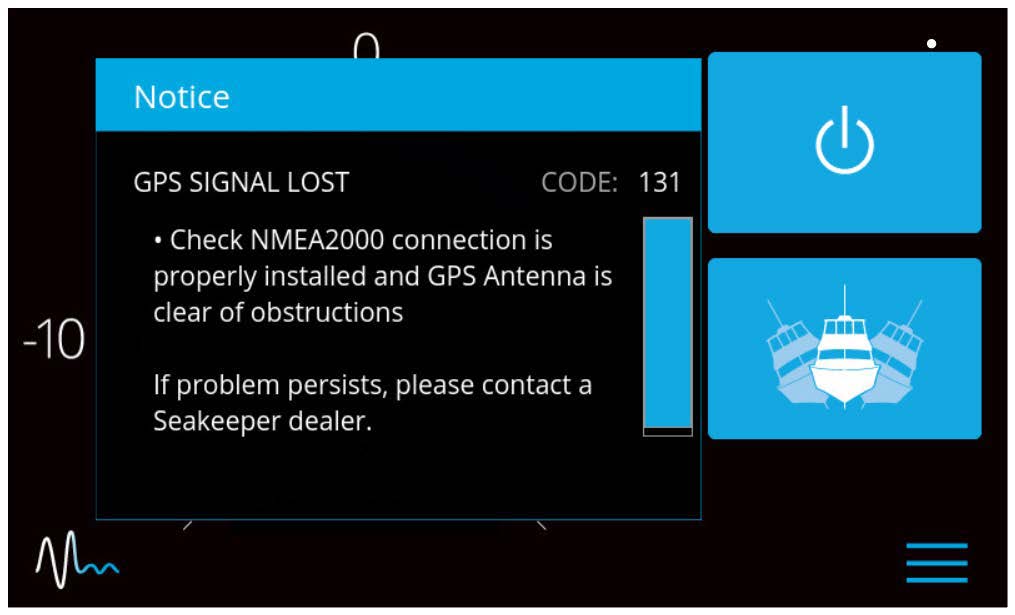
Notifications
Several notifications are programmed to pop up upon certain events. They do not affect the operation of the Seakeeper, and each notification may be dismissed or suppressed. Models produced or updated with software after September 2024 will have the following notifications:
Rinse Reminder
Upon pressing power button to turn OFF Seakeeper and start coast down, the Rinse Reminder notification will appear to remind the user to rinse the Seakeeper with mild soap and fresh water after use. Pressing the OK button will acknowledge the notification and it will not reappear until the next coast down event.
The QR code links the user to the Freshwater Rinse article on the Seakeeper website. If the Seakeeper was exposed to saltwater spray, it is desirable to rinse the Seakeeper to maintain cosmetic condition.

Maintenance Reminder
Seakeeper recommends routine service every 1000 run hours to maintain the Seakeeper in peak condition. To assist the user in Seakeeper maintenance, the Maintenance Service Reminder will appear after 1000 Run Hours has elapsed since the last reset of the Service Reminder. The “Next Service Reminder” timer can be found in the Service page, as shown below. Below the Next Service Reminder timer is the reset button that resets the timer to 1000 Run Hours.

When the timer reaches 0 Run Hours, the notification will appear in a popup on the Seakeeper app. The user has an option to suppress the reminder until the next Seakeeper power cycle by selecting “Remind Me Later” or the user can reset the timer by selecting the “Reset Service Reminder”.
The QR code links the user to the Seakeeper Recommended Maintenance Schedule on the Seakeeper website.
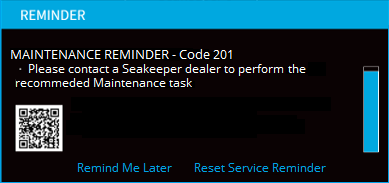
Warranty Registration Reminder
Before warranty work can occur, a Seakeeper must be registered. Registering your Seakeeper before warranty service is required is recommended to allow for expedient service if needed. Registration also includes the user in any important Seakeeper notifications that may affect their unit.
At 20 Run Hours on the Seakeeper, a Registration Reminder notification will appear on the Seakeeper app. The reminder occurs only once in the life of the Seakeeper. To dismiss the reminder, press OK on the popup window.
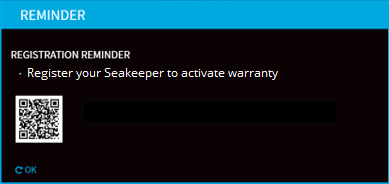
4.5 Alarm History
The Alarm History page on the Seakeeper Application shows the recent alarms and warnings. Alarms trigger a pop-up message to be displayed on the Seakeeper App and cause the ConnectBox power button to pulse red as alarms affect Seakeeper operation. Warnings will be listed in the alarm history but do not affect Seakeeper operation. The alarms and warning history are in chronological order starting with the most recent. Press the MENU button ![]() to show the page options and then the ALARM button
to show the page options and then the ALARM button ![]() to show alarm history.
to show alarm history.
